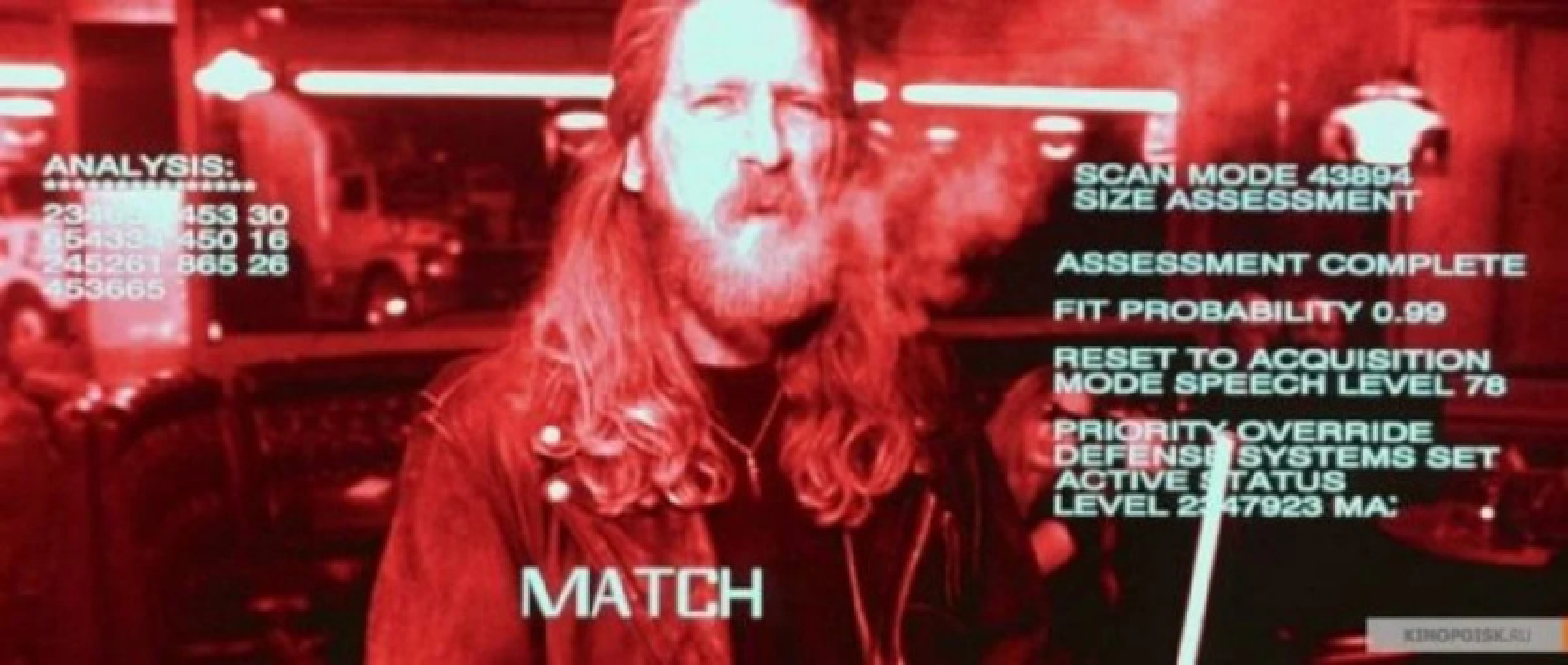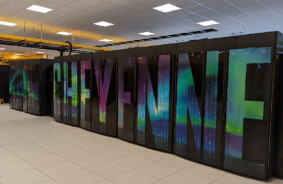Israeli military used artificial intelligence to assist in selecting bombing targets in Gaza, potentially leading to a deterioration in the accuracy of strikes and the killing of many civilians. This was reported by +972 Magazine and Local Call.
The system called Lavender was developed after the Hamas attacks on October 7. At its peak, Lavender identified 37,000 Palestinians in Gaza as suspected "Hamas militants" and "authorized" their killings.
The Israeli armed forces denied the existence of such a killing list. A representative stated that artificial intelligence was not used to identify suspected terrorists, but did not deny the existence of the Lavender system, which the representative described as "just tools for analysts in the target identification process." Analysts "must conduct independent reviews, during which they will verify that the identified targets correspond to the relevant definitions according to international law and additional restrictions provided for in IDF directives," the representative said.
Nevertheless, Israeli intelligence officers told +972 and Local Call in interviews that they were not required to conduct independent checks on Lavender targets before bombing them, and instead effectively served as a "rubber stamp" for "machine decisions." In some cases, the officers' only role in the process was to determine whether the target was a male.
To create the Lavender system, information about known Hamas and Palestinian Islamic Jihad operatives was entered into the dataset. In addition, data on individuals closely associated with Hamas, such as employees of the Gaza Ministry of Internal Security, were also used to train Lavender.
Lavender was taught to identify "features" associated with Hamas operatives, such as being in a WhatsApp group with a known militant, changing mobile phones every few months, or frequently changing address. These data were then used to assess other Palestinians in Gaza on a scale of 1 to 100 based on how similar they were to known Hamas militants in the initial dataset. People who reached a certain threshold were then designated as targets for strikes. This threshold constantly changed, "because it depends on where you set the bar for who is a Hamas operative," said a military source.
According to sources, the system had an accuracy rate of 90%. Some of the people identified by Lavender as targets had names or nicknames identical to those of known Hamas militants. Others were relatives of Hamas operatives or people who used phones that once belonged to Hamas militants.
According to informed sources, intelligence officers were granted broad authority when it came to casualties among the civilian population. Possible collateral casualties among civilians were allowed: 15-20 people when targeting low-level Hamas operatives and "hundreds" for senior Hamas officials.
Suspected Hamas militants also became targets in their homes, as determined by the Where's Daddy? system. According to officers, this system put targets identified by Lavender under constant surveillance. They were tracked until they reached their homes, and then a bomb strike was carried out, often along with their entire families. However, sometimes officers bombed homes without checking for targets inside, thereby destroying innocent civilians.
Additionally, it is reported that the Lavender system is an extension of Israel's use of tracking technologies on Palestinians in both Gaza and the West Bank.
Source: The Verge














Comments (0)
There are no comments for now